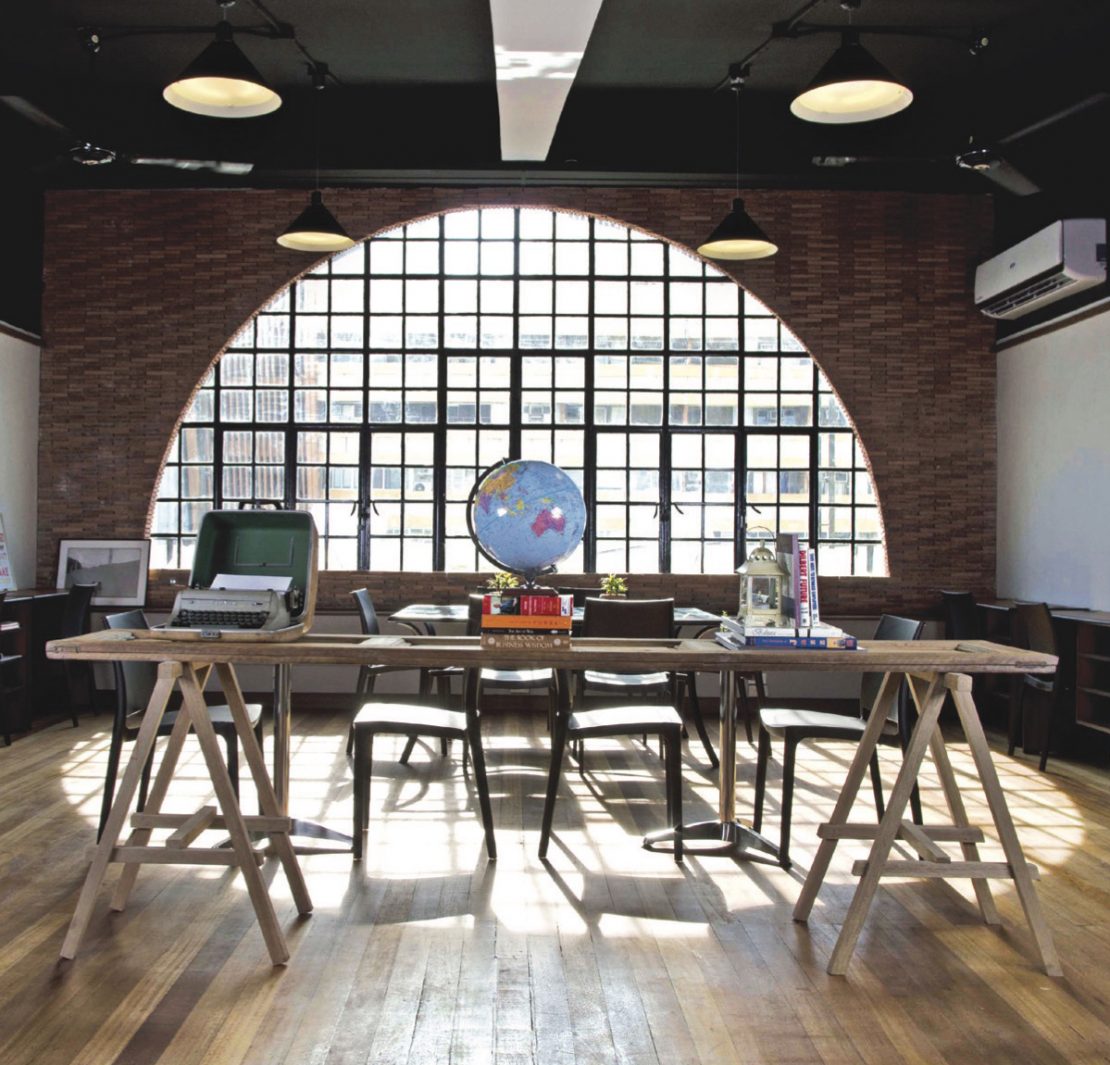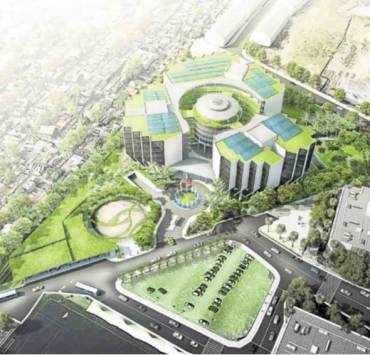Since globalization, when the “internet” and “financial crisis” became buzzwords over a decade ago, it was clear that the work environment for everyone, regardless of industry, eld or profession, was about to change. And as with all forms of evolution, certain business models, technologies and set-ups became things of the past, and were duly replaced with more innovative systems.
With so many individuals escaping cubicle farms to create their own start-ups, along with a constant flurry of new careers being born out of the web and supporting industries, it was only a matter of time before the physical environment housing all these workers and entrepreneurs was bound to shift too.
For many new businesses, coworking became a key alternative to the traditional brick and mortar office. While freelancers, designers and edging businesses are typically borne out of someone’s backyard, garage or one-bedroom apartment, the concept of coworking has literally given these self-starting industries a new physical environment to build on and a new framework to work with. Two major elements form a coworking environment: first, a physical structure that multiple individuals or businesses share to conduct their work; and second, a sense of community where people from different arenas are able to exchange ideas, collaborate on projects and build a community.
“When we brought coworking to the Philippines about five years ago, the vibe in the country was slowly changing— and it still is,” says Daniella Yujuico Yaptinchay, co-founder of co.lab and co.lab.ph, managing director of Full Suite and resident maestro at homegrown.ph. “People do not necessarily have to rely on traditional jobs today. They are encouraged to be more adventurous with the work that they pursue. People are excited to share ideas and no longer feel the need to protect themselves from others.”
Yaptinchay shares that the ability of the public to demand transparency from the government now enables entrepreneurs and small businesses to push for change in their own fields. This brand new environment encourages the exchange of feedback. “Responses are immediate; it goes without saying that the Internet and globalization are major influencers of this trend of collaboration. Right now, you can pursue things a lot more quickly.”
“Many more people are getting into non-corporate jobs these days. Freelancing, entrepreneurship and telecommuting are becoming actual, viable alternative careers for many people,” says Arriane Serafico, designer, writer and entrepreneur working with social enterprise Rags2Riches and founder of Wanderrgirl, a website for young empowered girls (arriane-sera co.com and wanderrgirl.com). “This means that the traditional definitions and limits of workspaces are also being challenged; 9-to-5s and cubicles are no longer the only options for professionals, young and old alike.”
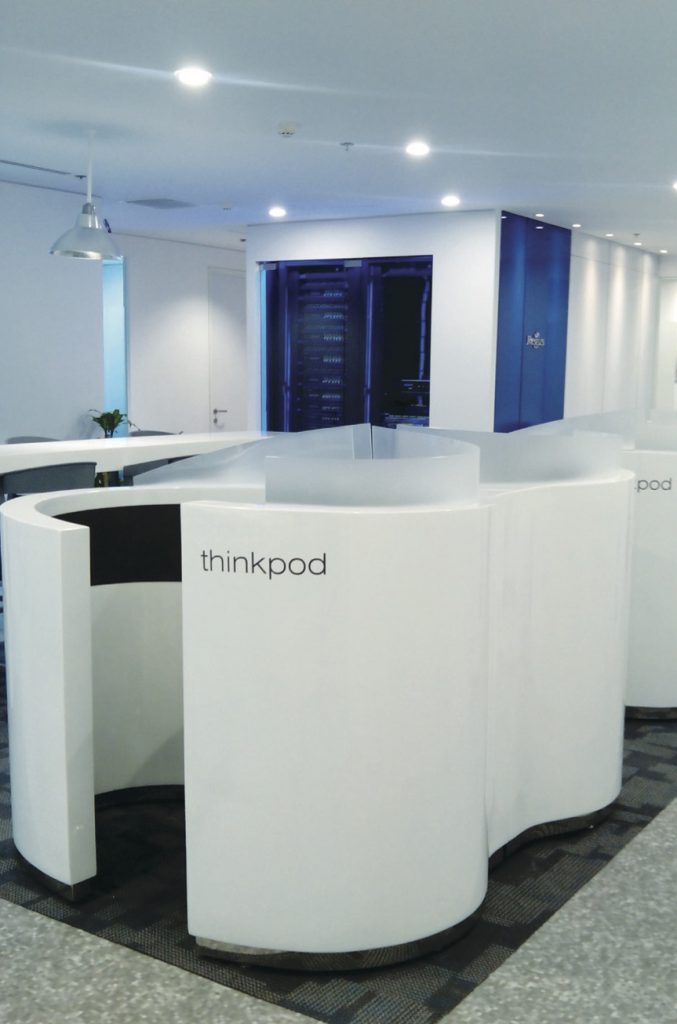
Coworking has provided people who were once relegated to their own homes in order to start their businesses a new option that provides multiple benefits. “Working from home can get very claustrophobic and monotonous very quickly. Sure, you can chat with people constantly via whatever messaging app you have, but regular human interaction is vital for any healthy working environment,” Serafico says. “I love working in shared spaces because the people I get to meet, whether through snack breaks or community events, are so diverse and interesting. Coworking has definitely widened my perspective and has challenged and inspired me to collaborate and partner with different people as a way to expand my work.”
Yaptinchay elaborates on the many perks that a rented space in a collaborative office can bring as opposed to sticking it out in your own garage or bedroom: “There’s a sense of responsibility. By making a choice to get up, get dressed and ready and go somewhere that is designated as a workplace, you put yourself in a mindset that you’re responsible for your actions and decisions,” she shares. Accountability, she says, is also a big factor, in that everyone in a shared workspace is there to accomplish something, so being around them holds you to your word that you are also there to work.
“Professionalism is another benefit. You pick up the nuances of professionalism when you’re surrounded by others who are working towards a goal. Ideally, you learn the good habits of using a computer and a phone in public, and how to carry yourself in a work environment,” says Yaptinchay. “A sense of camaraderie is also important—sharing a workspace with others will show you how to be a good coworker. You don’t need to be friends, but you will learn how to be considerate of others.”
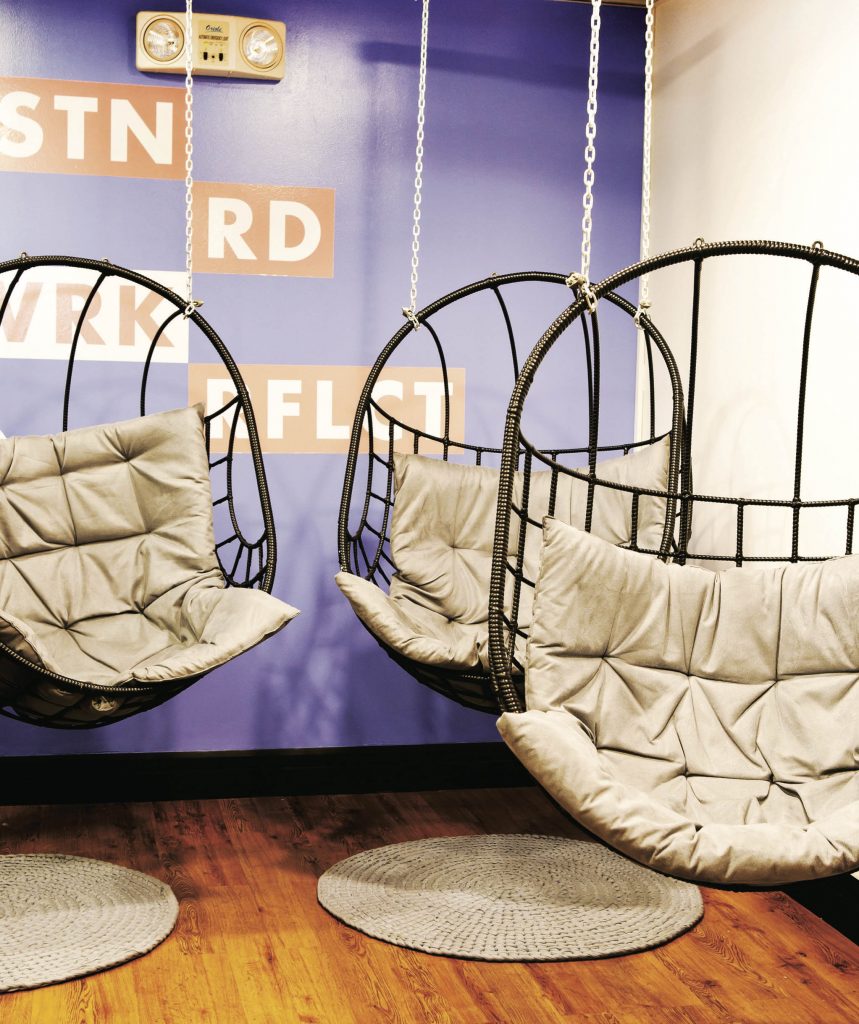
Lastly, she counts serendipity as an important factor in the coworking environment. “Being around others who have different skill sets and are working on different projects keeps things interesting: conversations will be sparked, ideas will ignite and hopefully collaborations will happen!”
“I started coworking [at co.lab] when I was 22,” shares Serafico. “I was then a consultant for a Philippine senator, and running a couple of personal advocacy projects on the side. I can honestly say that [coworking] changed my mindset phenomenally: had I only surrounded myself with people my age or in the same industry, I would not have grown at the rate that I did when I was working in co.lab.
“I was able to meet entrepreneurs of different ages and from different fields: social enterprise, fashion, food, publishing, game and app development and video production, to name a few,” she continues. “They would tell me stories, give me tips and link me with other people, and eventually, I collaborated with some on actual projects. They opened my eyes to possibilities and connections I would not have seen had I been working in a homogenous, traditional workspace, or had I just been scrolling through the internet.”
A coworking space is only as good as the people that fill it. While certain stereotypes seem to fit the collaborative atmosphere and community feel that these places have to offer, it is more the nature of the person rather than a defined career that is best suited to a coworking environment. Consider the flexibility and malleability that today’s new jobs have to offer—all these can be molded, reshaped and refit to occupy a spot at any coworking space.
“I don’t think it’s much about the nature of your work [as it is] about your working style,” Serafico says. “If you appreciate a creative, stimulating environment and enjoy going to community events, then it’s definitely a great place to work. You don’t have to be talking to people all the time while you’re there; you can have your quiet time and just have to be open to conversation at any point. I am an introvert, but the founders of co.lab have been so instrumental in getting me out of my shell and more confident in talking about my work with other people. They are always facilitating introductions and connections among their community members.”
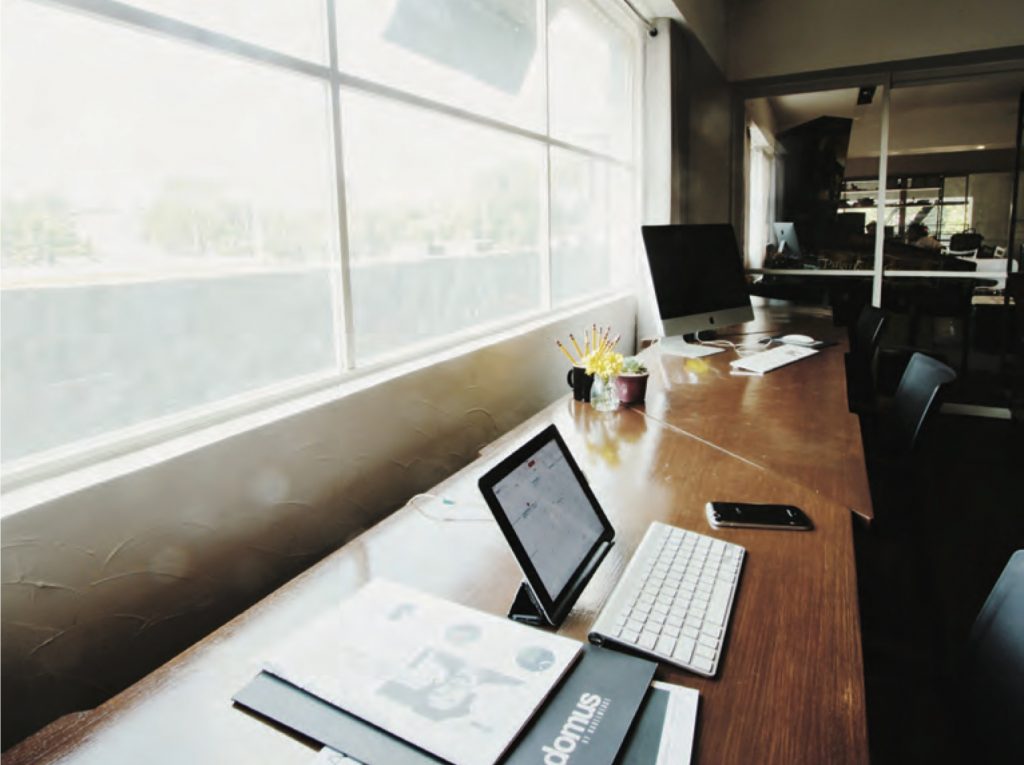
“From my experience and observation, each venue develops its own culture and own crowd,” Yaptinchay shares. “They adjust the facilities according to their needs and draw the kind of coworker that suits them best. For example, more physically open spaces like co.lab allow for more conversation and collaboration, while more quiet and independent workers choose spaces that have closed rooms. “As with anything sharing, the idea that you are able to lower your costs by splitting expenses with others can definitely be a draw,” she adds. “Getting a group together, finding a space, getting furniture and utilities and dividing all costs evenly is one way to do it. If you are looking into renting a seat at a coworking or shared space instead, it will definitely seem more costly month-to-month, but it will save you in the long run if you’re not sure what the future holds. You are paying for convenience: the convenience of not having to buy furniture, paying bills and walking away any time you need to without the hassles of closing down an office.”
“Coworking enabled me to meet with Team Manila, and from that first conversation, we were able to collaborate to craft and pass my very first national legislation: the Philippine Design Competitiveness Act,” says Serafico, who has held nearly all the project’s meetings at co.lab. “It serves my needs really well. It [maintains] a balance between quiet space and community interaction, plus with a great wi-fi connection, amazing coffee and free printing.”
Certainly, young and old professionals and industry innovators alike are finding new ways to do business through these multi-use spaces. “On a macro scale, I think that coworking should be communicated to reach a wider audience—people need to realize the value of these spaces,” Serafico concludes. “And for those who put up these spaces? It would be great to see more locations in the future.”
This story was originally published in Northern Living, July 2014.
Writer: CHINGGAY LABRADOR


